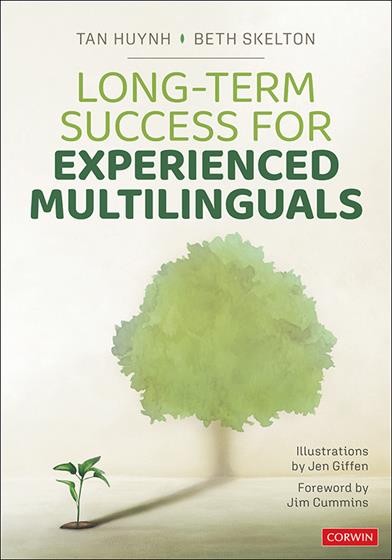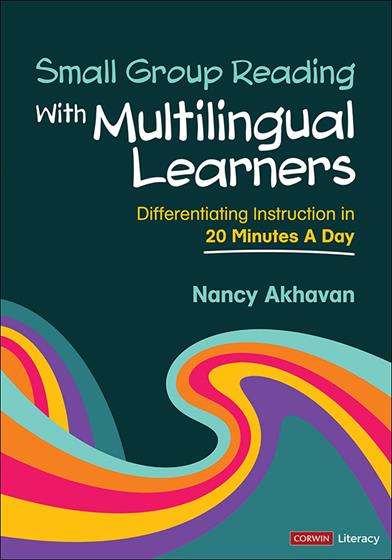Affordance of Multilingual and Multimodal Literacy Engagements of Immigrant High School Students: A Scoping Review
By Rahat Zaidi and Pramod K. Sah
Sage Open; 2024
Educators are tasked with providing immigrant students with a smooth and equitable transition to school, a challenge that goes beyond ensuring students learn the primary language of instruction. These students confront racism and negotiate power imbalances pertaining to their multiple and intersecting identities, but research shows that multilingual and multimodal narratives can help address those difficult topics.
Immigrant students’ intersecting identities and sense of belonging play a big role in their language learning experience and overall educational. Over the past several years, literacy researchers have sought to understand which interventions assist immigrant students and second/third generation high school students as they navigate their identity development and experiences of inequalities. This scoping review identifies and maps relevant studies on the use of multilingual and multimodal literacy interventions that have been demonstrated to be beneficial to students.
Presenting an extensive review of literacy research from the past 10 years, this study focuses on multilingual and multimodal literacy narratives and discussions as tools for non-white, racialized high school students from immigrant and refugee families and second/third generation students. These interventions were designed to encourage students to express their knowledge, experiences, and identities in a way that traditional literacy strategies typically do not. Additionally, students were provided opportunities to examine educational and societal issues and to challenge dominant beliefs and practices as part of their classwork. Students were able to do this through creative projects that focused on multilingual digital stories, photos, spoken word poetry, and books.
Related Titles



Resources
Reflection Questions and Next Steps
- The multilingual and multimodal interventions discussed in the study offer students an opportunity to challenge dominant beliefs as part of their lessons. As an educator, are you prepared for discussions that challenge dominant beliefs rooted in racism, sexism, classism, ablism, and other systems of oppression? Do you know how to create a safe environment for these discussions to be held? Are you comfortable with engaging in these discussions with your students?
- In the paper, it’s revealed that immigrant students must negotiate their identities by “selecting different languages in different institutional and social spaces.” Why do you think this might be difficult for immigrant children? What kind of multilingual and multimodal literacy activities could be used to explore immigrant students’ affective and emotive experiences in specific spaces and times?
- The researchers explain that the immigrant students tend to reposition themselves to effectively situate within their new communities. What kind of repositioning do you imagine these students need to perform? What types of challenges do you think they might experience? How might barriers of racism and classism in the education system impact them?
- Belongingness plays an important role in immigrant students’ acquisition of new languages and cultures. How can storytelling/narrative projects assist with creating that sense of belonging?
- In their conclusion, the researchers recommend more literacy activities that focus on helping students develop “racial literacy,” defined as “the ability to read, discuss, and write about situations that involve race and racism.” Why is it important to provide an avenue for addressing issues of race and racism within the education context for immigrant students and second/third generation students?
- In the recent years, there has been a push to ban talk about race in schools, how are these bans harmful to the educational and social experiences of immigrant students and second/third generation students?
